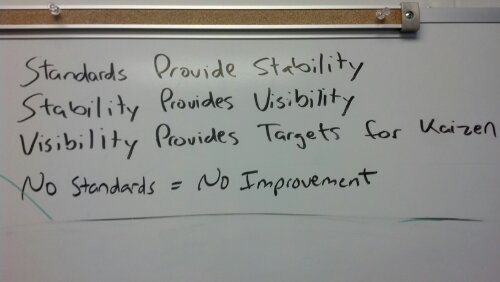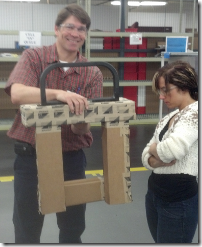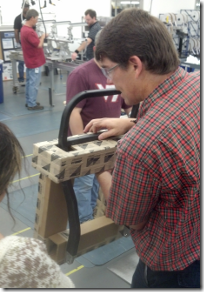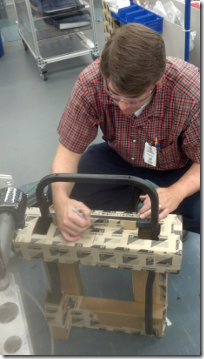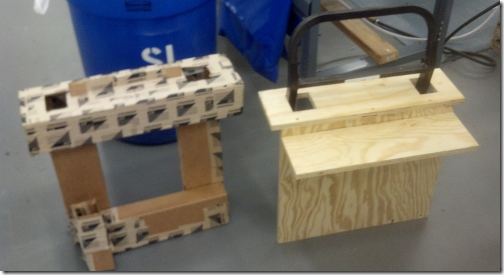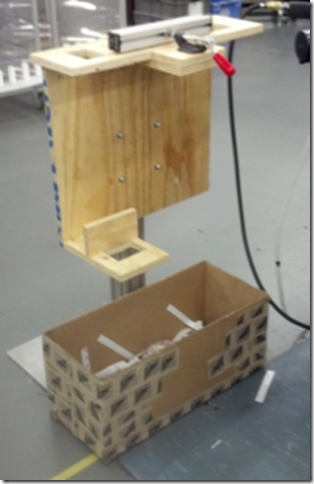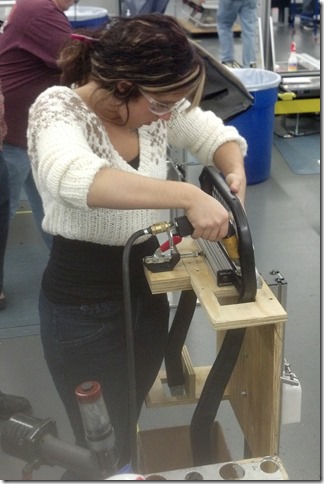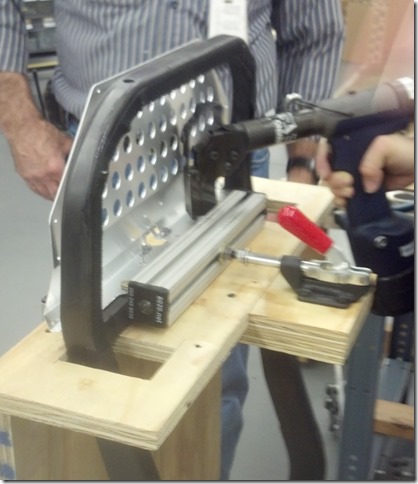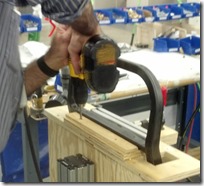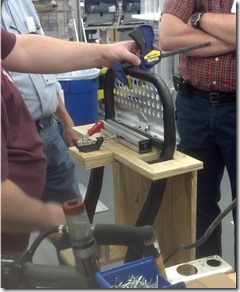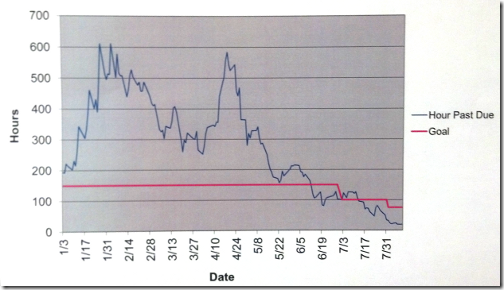Over the years, I’ve been exposed a number of efforts to “implement A3 problem solving” in various companies. I worked for some of those companies, I’ve observed others.
The results are nearly always the same.
Here are a couple of examples. Let me know if any of these match up with experiences you have had.
Example 1: The company had put many people through “Practical Problem Solving” training and was (ironically) trying to measure how many problem solving efforts were underway.
I was watching a presentation by one of these problem solving teams to management. Their A3 was on a computer, projected onto the screen. They were reporting their “results.” Yet there were large discontinuities in their problem solving flow. The actions they were taking simply did not link back (through any kind of identifiable cause) to the problem they were solving.
The management team listened carefully, applauded their efforts, and moved on to the next topic of their meeting.
Example 2: A different company had a form to fill out called an “MBF” or “Management by Fact.” From the labels on the boxes, it was clearly intended to be structured problem solving. By the time I worked there, however, “MBF” had become a verb. It was a solo activity, filling out the form at the desk, and reporting on it in a staff meeting.
Example 3: Well-meaning former Toyota team members, now working for a different large company wanted to “train everyone in problem solving.” They put together a “class” that presented the purpose of each block on their A3 form with the expectation that people would adopt the process.
All of these efforts had something in common.
They didn’t work.
Over the last few days, I’ve been privileged to be included in an email exchange about the relationship between A3 and Mike Rother’s Toyota Kata. My small contribution was apparently enough to get my name onto the cover, but I want to give a real nod in the direction of a Jenny Snow-Boscolo for instigating inspiring a really good exchange.
The result is here. I think this presentation does a really good job of summing up the relationship between Toyota Kata and Toyota A3. Thanks to Mike Rother for taking the initiative and putting it all together (more below)
One of the difficulties with gaining insight into Toyota’s management processes is that they really aren’t codified. This shouldn’t be a surprise. Look at your own company, and ask how much of the culture – the reflexive way things are done and interactions are structured – is written down.
(In fact, if it is written down, I would contend it is likely your actual culture has little resemblance to what is written about it. Those things tend to be more about what they wish the culture was.)
Culture, any culture, is learned through daily interaction. This is all well and good in cases where people are immersed in it from the beginning.
But the rest of us aren’t operating in that problem solving culture. Rather, we are trying to create it. And as the former Toyota Team Members from Example 3 (above) learned, it isn’t a simple matter of showing people.
Rather than two different things, we are looking at a continuum here. At one end is the culture described on Slide 9. There isn’t any formal structure to it, the process for teaching it isn’t codified. It is learned the same way you learn the way to get the job done in any company. They just learn different things than you did.
But in another organization there is no immersion. If there is anyone who is steeped in The Way, they are few and far between.
In these cases, we want to start with something more overt. And that is the purpose of having a rote drill or kata. It isn’t something you implement. It is a structure, or scaffold, to learn the basic moves. Just as mastering the musical scales is only a prelude to learning to play the instrument, the kata is the foundational structure for learning to apply the underlying thinking patterns.
So… if you are working on kata, it is critical that you are reflecting on your thinking patterns as much (or more) than you are reflecting on your improvements. It might seem rote and even busywork at first. But it is there to build a foundation.
